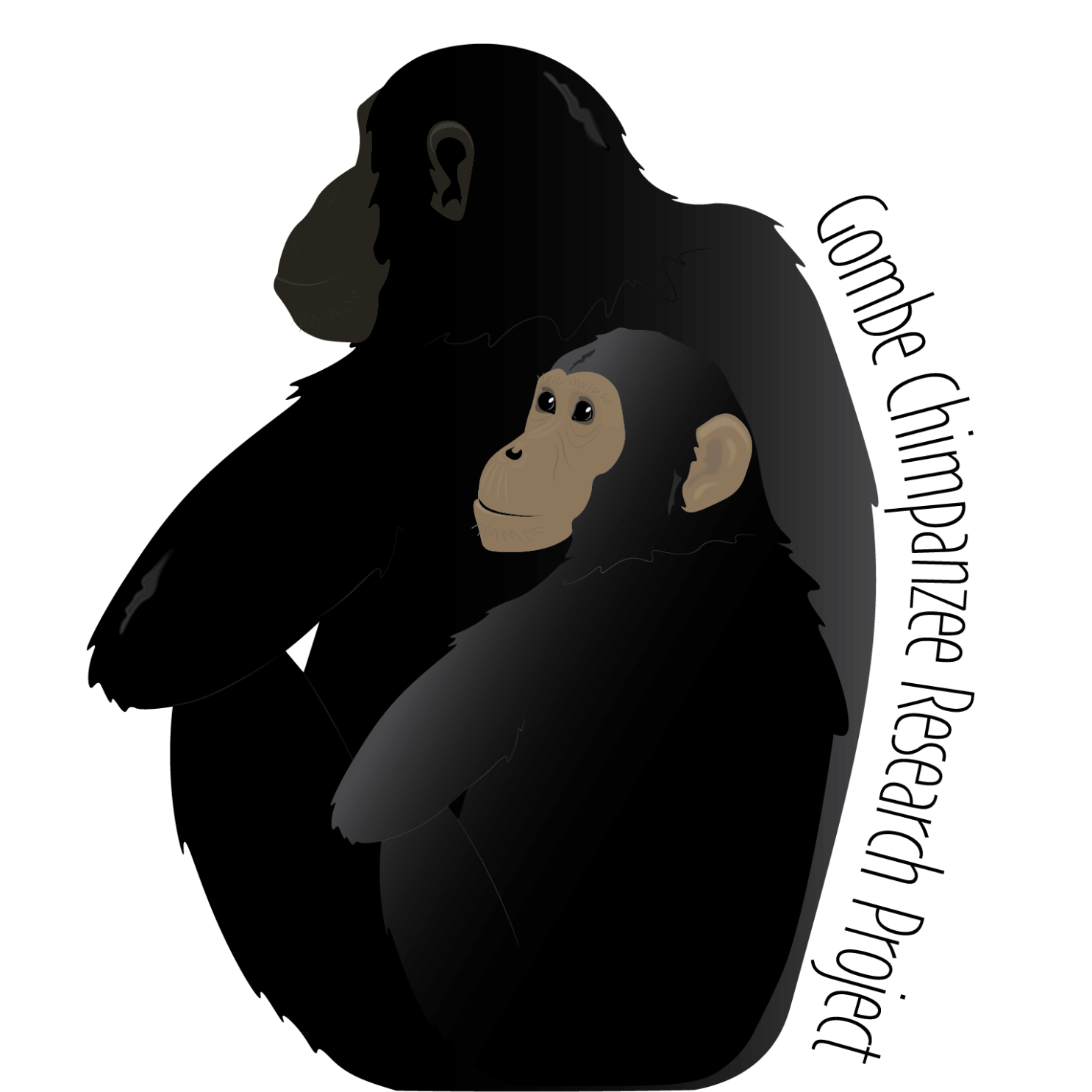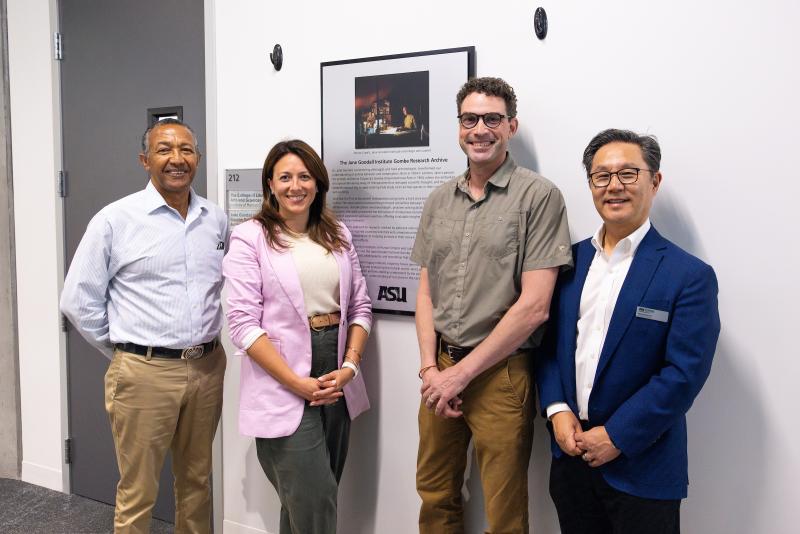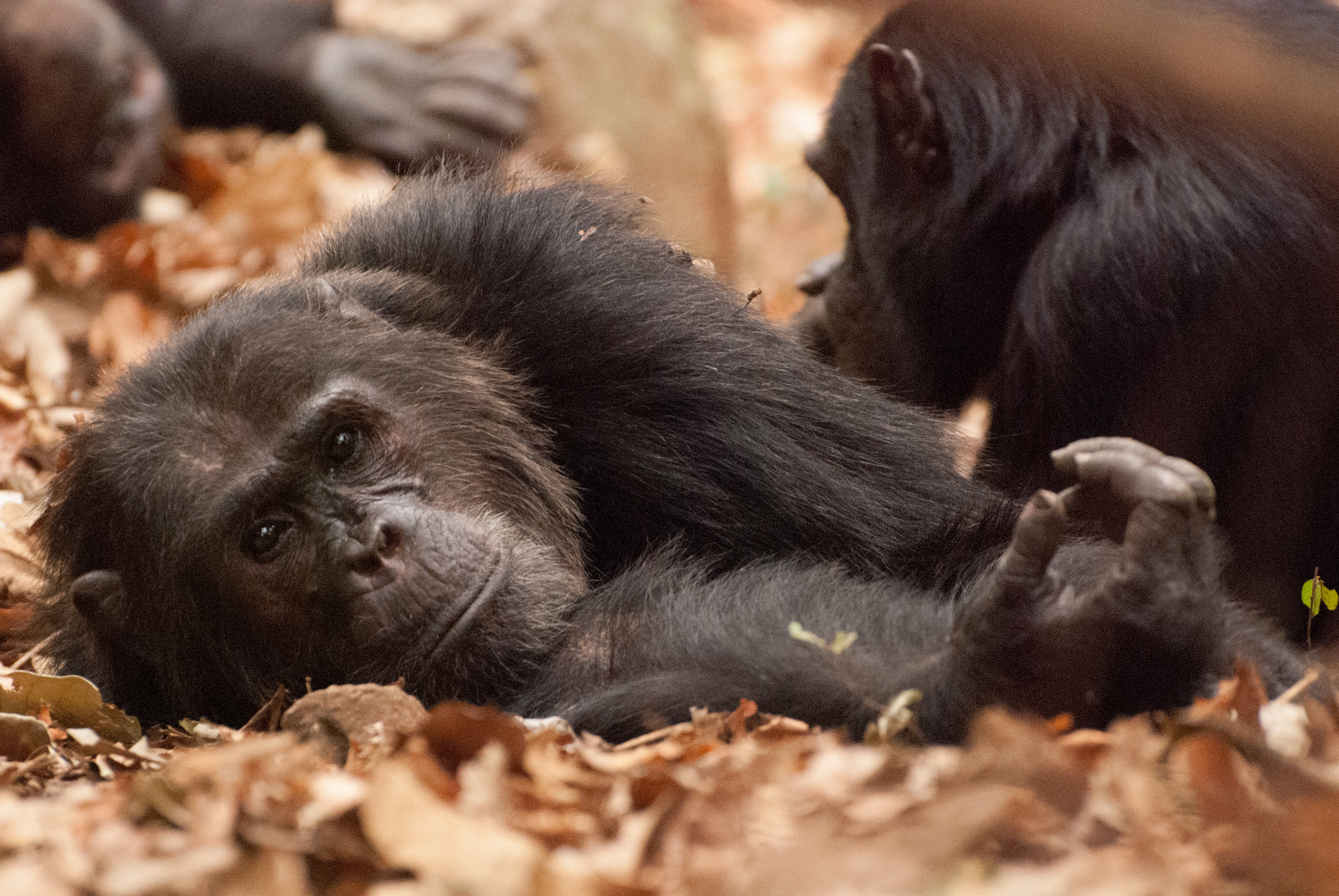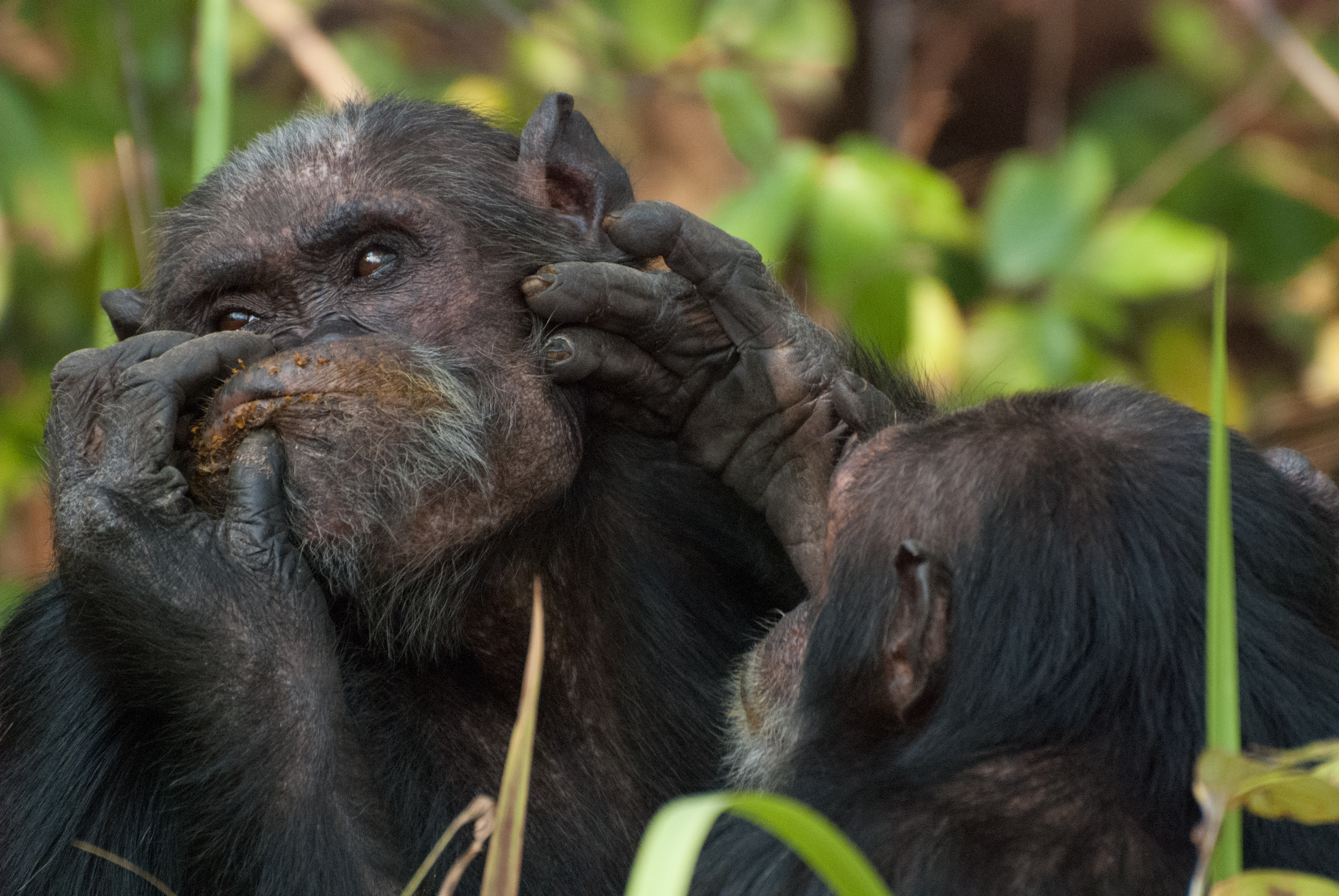About
The Gombe Chimpanzee Research Project is led by Ian Gilby, IHO research scientist and associate professor. Graduate and undergraduate students at Arizona State University in Tempe, Arizona work with the chimpanzees of Gombe National Park, Tanzania to investigate a wide variety of research questions regarding chimpanzee behavioral ecology.
In March 2022, the tangible assets of 60-plus years of chimpanzee research—the Jane Goodall Institute Gombe Chimpanzee Archive—arrived at IHO’s new offices in the Walton Center for Planetary Health on the ASU campus. The archive comprises thousands of physical and digital materials including daily observations of wild chimpanzees in Gombe National Park, related ecological data, and numerous artifacts.
The resulting handwritten, physical dataset, together with ecological measurements of rainfall, temperature, and food availability, is a unique resource that is unmatched in its depth and level of detail. It has been the basis for hundreds of scientific papers and numerous PhD dissertations.
In the early 1990s, there was a massive effort to organize, protect, and analyze JGI’s Gombe archive into a powerful relational database—the Gombe Chimpanzee Database. The database contains hundreds of thousands of rows of data extracted from physical data sheets. The archive and database represent the longest running wild chimpanzee study in the world and the only one of its kind.

Field Site
Gombe National Park, Tanzania
We are the world's longest running chimpanzee research project located in Gombe National Park, Tanzania. Started by Jane Goodall in 1960, data collection using the very same protocols continues to this day!
Gombe National Park has an area of approximately 35.4 km2 and is comprised of a series of steep valleys with habitats ranging from dense forests to grasslands. The park is characterized by distinct wet and dry seasons during which the availability of ripe fruit (chimpanzees’ preferred food) fluctuates widely 1,2,3. Following the pioneering work of Jane Goodall, Gombe received national park status in year. Systematic data collection on the two habituated communities of chimpanzees living in the park began in 1970 and continues to this day. Data collection is comprised of daily focal follows during which party composition, feeding and social behavior, are recorded continuously throughout the day. All of this data collection is collected by highly skilled Tanzanian field assistants. References: 1. Goodall 1986, 2. Wilson 2012, 3. Foerster et al 2016
Archive

Jane Goodall Institute Gombe Chimpanzee Research Archive
The archive holds over 60 years of long-term data on the wild chimpanzees of Gombe National Park, some of which was collected by Jane Goodall herself. Data collection continues to this day and new data is brought back to the US all the time. Long-term data collection is conducted by our highly skilled and dedicated Tanzanian assistants.
The field assistants record extremely detailed observations on paper. The paper copies are scanned and the scanned files, along with the original paper data, are sent to our team at Arizona State University. The final resting place of the priceless data is here in our lab. The lab space contains many filing cabinets which are all filled to the brim with the original handwritten copies of the data. After new data is brought to the lab, it is scanned and later digitized by students for incorporation into the long-term relational database. After this happens, the recorded data can actually be used in scientific analyses by members of our lab and our collaborators found across several other universities.
Leadership
We are currently raising money for fire-proof, water-proof cabinets, to ensure the Jane Goodall Institute Gombe Chimpanzee Research Archive is properly protected for many years to come.


